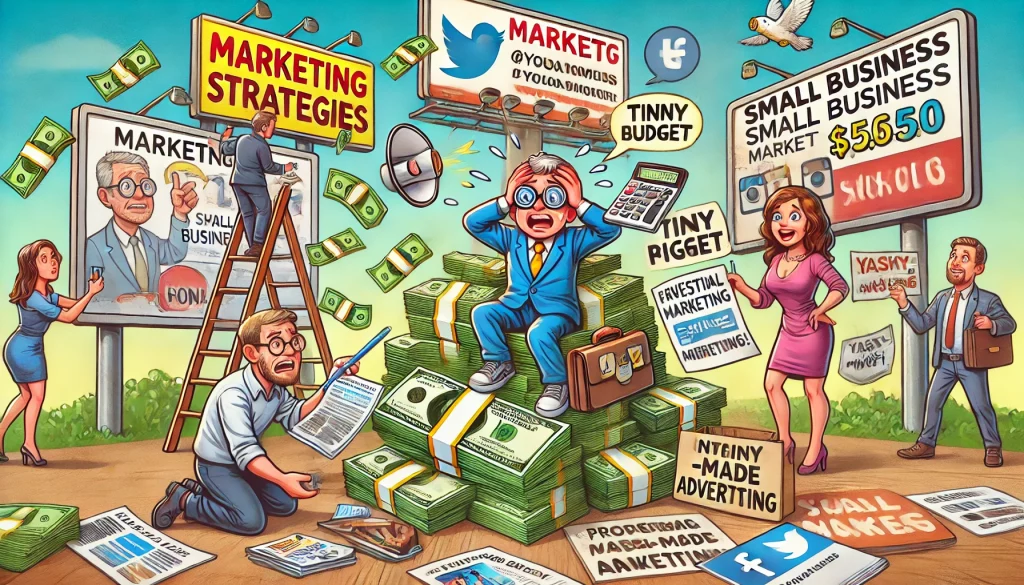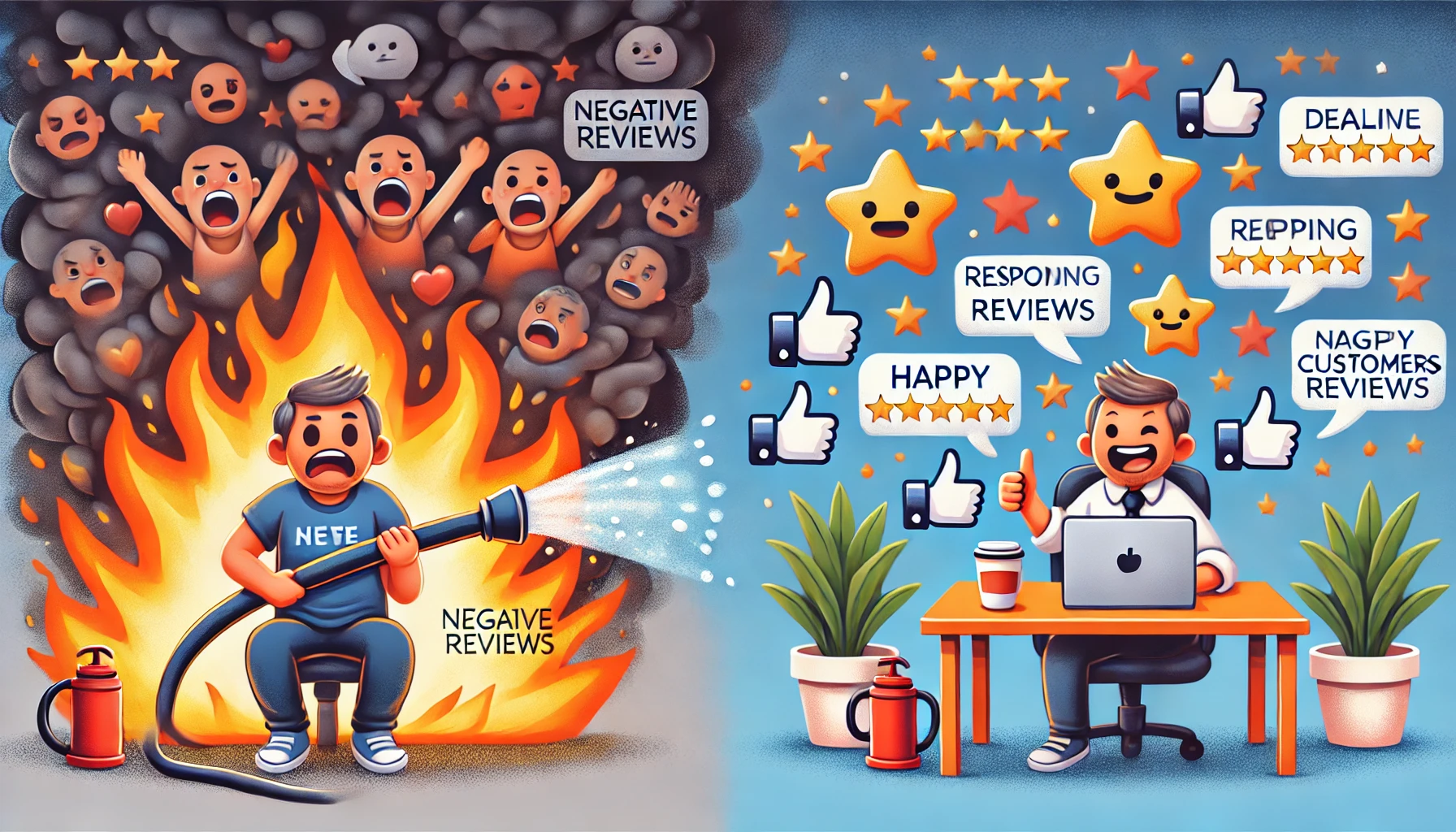Price impacts small business marketing strategy: Gain competitive advantage

What is a pricing strategy?
A pricing strategy refers to the method companies use to set the selling price of their goods or services. It is crucial for determining the optimal price point to maximize profit margins and market competitiveness.
Psychology of buying
Purchasing decisions start with emotion. Something triggers a desire to buy, often based on a problem or desire.
Once emotion triggers action, people search for solutions. How they search depends on whether they prioritize price or value. It varies by individual and product type.
Price shoppers vs. value shoppers
Price shoppers look for the cheapest options. They are not loyal and see no difference between competitors.
To attract them, advertise low prices. Value shoppers seek trust and reliability. They make emotional decisions based on trust and justify them with facts. Provide pricing information transparently to build and maintain their trust.
Pricing as part of your marketing strategy
In the digital age, buyers research online before making a purchase. Your website should answer “who can I trust?” and “are they upfront with their prices?”.
Providing transparent pricing online builds trust. Hiding prices or leading with them can drive away potential customers. Ensure your website converts visitors and provides pricing at the right time.
Types of pricing strategies
Cost-plus pricing strategy
Cost-plus pricing is a straightforward method where a fixed percentage is added to the production cost to determine the selling price. It is simple to implement but can lead to high prices if not carefully managed.
Dynamic pricing strategy
Dynamic pricing adjusts prices based on market and customer demand. This strategy is common in hospitality and event-based industries. It can maximize profits but may lead to customer dissatisfaction due to perceived price discrimination.
Premium pricing strategy
Premium pricing sets high prices to create a perception of luxury and high quality. This strategy can increase brand awareness and profit margins. It requires significant marketing investment and may not be suitable for highly competitive markets.

Factors influencing pricing strategy
Choosing the right pricing strategy involves understanding several crucial factors. These include:
Market conditions
Current market conditions affect how much consumers are willing to pay. Economic trends, supply and demand, and overall market health play significant roles.
Brand positioning
How your brand is perceived in the market influences pricing. A premium brand can command higher prices, while a budget brand needs competitive pricing.
Sales targets
Your business goals impact pricing decisions. Aggressive sales targets might require lower prices to increase volume, while higher prices might be needed to meet revenue targets.
Input costs
The cost of production, including materials, labor, and overhead, must be covered by your pricing. Ensuring that prices cover these costs is essential for profitability.
Consumer willingness to pay
Understanding how much your customers are willing to spend on your product is crucial. This can vary based on demographics, preferences, and perceived value.
Competitive pricing
Prices set by competitors affect your pricing strategy. You need to stay competitive to attract customers while also ensuring profitability.
Market trends
Trends and shifts in the market can influence pricing. Staying aware of these trends helps in adjusting prices to meet market expectations and demands.

Benefits of a thorough pricing strategy
Higher success rate: Businesses that implement thorough pricing strategies often experience higher success rates. Correctly applied strategies can lead to quick boosts in sales and profits.
Prevents market losses: A well-thought-out pricing strategy helps prevent market losses. Setting competitive prices retains customers and market share.
Improves profit margins: Proper pricing improves profit margins without necessarily setting the lowest market prices. Lower prices can be perceived as low quality.
Generates more sales: Effective pricing strategies help businesses generate more sales. They align prices with market demand.
Makes products more attractive: Implementing a thorough pricing strategy can increase customer interest. This is possible without changing product features.
Ability to compete: A good pricing strategy allows businesses to compete effectively. This is true even without offering the lowest prices in the market.
Builds customer loyalty: Consistent, fair pricing can build customer loyalty. This leads to repeat business and positive word-of-mouth recommendations.
How to choose the best pricing strategy
Understand customer needs: Pricing should reflect what your target audience is willing to pay. Segment your customers to tailor your strategy to different subgroups.
Consider competitors: Research competitors’ prices and market dynamics. Position your product based on its unique value. Be prepared to adjust prices as needed.
Evaluate expenses: Consider production costs to ensure pricing covers expenses and achieves profitability. Knowing your break-even point is crucial.
Adjust prices as needed: Continuously monitor and adjust your pricing strategy based on market conditions, sales volumes, and profit margins. Experiment to find the most effective approach.

Expert opinions on the impact of prices on the marketing strategy of small businesses
Dr. Emily Richardson, Marketing Strategist at MarketWave Consulting “Pricing is a double-edged sword for small businesses. On one hand, competitive pricing can attract a broader customer base; on the other hand, it can devalue the brand if not strategically managed. Small businesses must balance between being affordable and maintaining a perception of quality. Implementing a tiered pricing strategy can help cater to different segments without alienating any particular group.”
James O’Hara, Founder of BizGrowth Advisors “For small businesses, pricing is more than just numbers; it’s a message. The price of a product or service communicates value and positioning in the market. Low prices can suggest affordability but also lower quality. High prices can indicate exclusivity but may deter budget-conscious customers. The key is to understand your target audience and price accordingly, ensuring the perceived value matches the actual value.”
Lisa Kim, Senior Marketing Manager at SmallBiz Boost “In small business marketing, price impacts not only sales but also brand perception. An effective strategy is to start with market research to understand what customers are willing to pay. Competitive analysis is crucial to avoid being underpriced or overpriced. Dynamic pricing, where prices are adjusted based on demand and competition, can also be a powerful tool for small businesses.”

 6 min
6 min 







